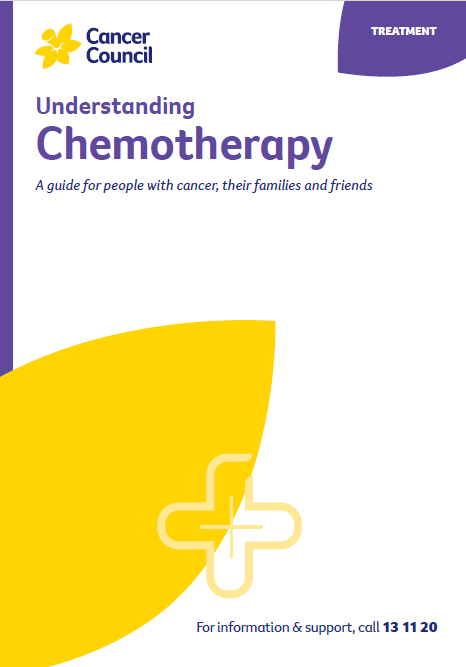- Home
- Secondary liver cancer
- Treatment
- Chemotherapy
Chemotherapy for secondary liver cancer
Chemotherapy uses drugs to kill, shrink or slow the growth of cancer cells. The type of drugs you are given will depend on factors including your general health and where in the body the cancer started. If you have bowel cancer that has spread to the liver, for example, you will have chemotherapy designed to treat bowel cancer.
Learn more about:
- How it is given
- When it may be used
- The side effects
- What is tumour ablation?
- Video: What is chemotherapy?
How it is given
Depending on the treatment aim, chemotherapy may be given as a short course over a few months, or as a longer course over many months or years. The drugs can be given in different ways, such as being injected into a vein (intravenously) or swallowed as tablets.
When it may be used
Chemotherapy may be used at different times:
- before surgery, to shrink the secondary liver cancer and make it easier to remove (called neoadjuvant chemotherapy)
- after surgery, to get rid of any remaining cancer cells (called adjuvant chemotherapy)
- to slow down cancer growth and reduce symptoms such as pain (called palliative treatment).
The side effects of chemotherapy
Chemotherapy drugs circulate throughout the body and can affect normal, healthy cells as well as cancer cells. People react to chemotherapy differently – some people have few side effects, while others have more.
Side effects may include:
- nausea
- loss of appetite
- tiredness
- hair loss
- skin changes
- tingling, numbness or pain in fingers and toes (peripheral neuropathy)
- mouth sores.
Most side effects last only while you are having treatment, and there are ways to manage them.
During chemotherapy, you have a higher risk of bleeding or an infection. If you develop a temperature over 38°C, it’s important to contact your doctor or go to the emergency department as soon as possible.
For more on this, see our general section on Chemotherapy.
What is tumour ablation?
Applying heat or alcohol (ethanol) directly to the tumour without removing it is called tumour ablation. Thermal ablation, which uses microwaves or radiofrequency to generate heat, is the most common method used. In secondary liver cancer, tumour ablation may be used in combination with chemotherapy or surgery.
Learn more about tumour ablation in primary liver cancer section.
→ READ MORE: Targeted and immunotherapy for secondary liver cancer
Video: What is chemotherapy?
Watch this short video to learn more about chemotherapy.
Podcast: Making Treatment Decisions
Listen to more episodes from our podcast for people affected by cancer
More resources
Prof Desmond Yip, Senior Staff Specialist, Department of Medical Oncology, The Canberra Hospital, ACT (clinical update); A/Prof Siddhartha Baxi, Radiation Oncologist and Medical Director, GenesisCare, Gold Coast, QLD; Prof Katherine Clark, Clinical Director of Palliative Care, NSLHD Supportive and Palliative Care Network, Northern Sydney Cancer Centre, Royal North Shore Hospital, NSW; Anne Dowling, Hepatoma Clinical Nurse Consultant and Liver Transplant Coordinator, Austin Health, VIC; A/Prof Koroush Haghighi, Liver, Pancreas and Upper Gastrointestinal Surgeon, Prince of Wales and St Vincent’s Hospitals, NSW; Karen Hall, 13 11 20 Consultant, Cancer Council SA; Dr Brett Knowles, Hepato-Pancreato-Biliary and General Surgeon, Royal Melbourne Hospital, Peter MacCallum Cancer Centre and St Vincent’s Hospital, VIC; Lina Sharma, Consumer; A/Prof Simone Strasser, Head of Department and Hepatologist, AW Morrow Gastroenterology and Liver Centre, Royal Prince Alfred Hospital and The University of Sydney, NSW; David Thomas, Consumer.
View the Cancer Council NSW editorial policy.
View all publications or call 13 11 20 for free printed copies.

